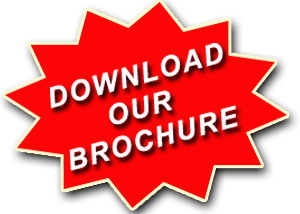
Mohammad Shabani
Iran University of Medical Sciences, Iran
Title: The effects of macrophage-derived Nitric Oxide (NO) on healing diabetic and non-diabetic wounded rat model using Low Level Laser (LLL)
Biography
Biography: Mohammad Shabani
Abstract
Introduction & Aim: Diabetic wounds have been the area of challenge since many years using different approaches to improve the problem. Although, application of laser on wound healing have already been examined, this study was designed to investigate the efficacy of a combination of 670 nm and 810 nm lasers irradiation for possible immune-stimulation of macrophage-derived NO for healing of diabetic and control wounded rat model.
Method: 36 Sprague-Dawley male rats were used and divided into four groups: DML (10), DMNL (10), CL (8) and CNL (8). Diabetes was induced by IP injection of 55 mg/kg of streptozotocin. A full-thickness circular wound was made on the back of all rats. Rats were transferred to metabolic cages for 24 hours urine collection. Rats were selected to be irradiated directly upon their wound with a combination of 670 nm (100 mw, 2 J/cm2) and 810 nm (50 mw, 1 J/cm2) every other day. Wound imaging (VIA) were performed on days 0, 7, 12, 16, 20 and 22. NO was measured by NO analyzer as biochemical index for healing process. P<0.05 was assigned as significant differences between groups.
Result: Percent Open Wound Area (POWA ‰) was significantly lower in the Diabetic Laser group in comparison to the Diabetic Non-Laser group in all measurement days. Also the POWA decreased between DML and DMNL groups on post-wounding as compared to control groups (P=0.021; mean difference=19.7%). NO production was increased upon wounding in DML group as compared to DMNL group. In addition, NO production increased dramatically in CL group as compared to CNL (P<0.05).
Conclusion: Our study showed that the irradiation of diabetic wounds with a combination of low dose 670 nm and 810 nm lasers accelerates wound healing process by NO production using photo-stimulation (LLL) technique of which would be new approach to wound healing.

